As an expert in digital artwork and technology, I’ve witnessed firsthand the profound impact of AI artwork turbines on the innovative panorama. In this weblog, I’ll unveil seven surprising truths so one can all the time change your belief about this equipment.
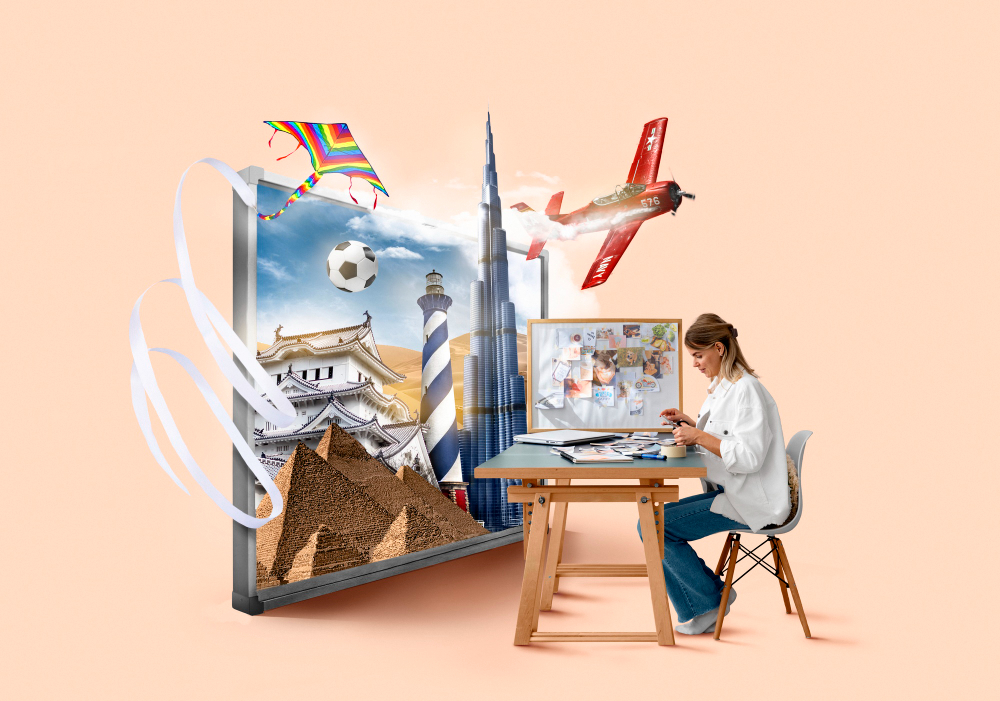
1. AI Art Generators Lack True Creativity
While AI artwork generators can produce visually beautiful pics, they lack the fundamental know-how of creativity that human artists possess. These equipment depend on algorithms that analyze and recombine existing artwork, but they can not generate genuinely authentic ideas or concepts.
The artwork produced using AI is usually a pastiche of numerous patterns and elements, missing the emotional depth and personal contact that human artists deliver to their paintings. As an artist, I locate it regarding that these mills are being advertised as a replacement for human creativity, whilst in reality, they’re simply mimicking and remixing present art.
2. AI Art Generators Perpetuate Biases and Stereotypes
The datasets used to educate AI artwork generators often comprise biases and stereotypes that are then reflected inside the generated artwork. This can result in the perpetuation of dangerous representations and the exclusion of marginalized organizations.
For example, an AI generator trained on a dataset that lacks range may also produce paintings that predominantly function as white, cisgender, in position-bodied people. This can give a boost to societal biases and make it tough for underrepresented artists to benefit from popularity and visibility.
As an artist, I believe it’s critical to mission these biases and create artwork that celebrates range and inclusivity. AI mills, of their present-day kingdom, are not prepared to deal with those important issues.
3. AI Art Generators Threaten the Livelihoods of Human Artists
The upward thrust of AI painting generators poses a large risk to the livelihoods of human artists. This equipment can produce artwork quickly and affordably, making it tough for traditional artists to compete.
Many artists depend upon commissions and income to maintain their careers, and the inflow of AI-generated artwork could lead to a decline in the call for for human-created artwork. This ought to result in fewer possibilities for artists to showcase their work and earn a living from their craft.
As an artist, I’m deeply concerned approximately the effect of AI mills on the artwork community. We should advocate for the fee of human creativity and make certain that artists are fairly compensated for their paintings.
4. AI Art Generators Raise Ethical and Legal Concerns
The use of AI artwork generators increases sizable moral and legal issues, especially regarding copyright infringement and highbrow belonging rights. Many of these equipment are trained on full-size datasets of present paintings, often without the consent or compensation of the unique artists.
This exercise can lead to the creation of spinoff works that intently resemble or directly replica the style and content of existing works of art. As an artist, I discover this deeply troubling, as it undermines the hard paintings and creativity of human artists.
Moreover, the prison landscape surrounding AI-generated art is murky and unsure. It’s unclear who owns the rights to the artwork produced via these tools and the way artists can defend their paintings from being exploited.
5. AI Art Generators Lack Accountability and Transparency
Many AI artwork generators operate as black boxes, with little transparency about their internal workings or the datasets used to educate them. This lack of accountability makes it hard to assess the accuracy and fairness of the generated paintings.
As an artist, I consider these gear must be developed with transparency and duty in thoughts. Users must be informed about the capability biases and obstacles of the generated artwork, and there need to be clear guidelines and regulations around the use of AI in artwork.
6. AI Art Generators Undermine the Value of Human Skill and Craftsmanship
One of the most regarding factors of AI artwork mills is their capability to undermine the value of human skill and craftsmanship. These gear can produce artwork fast and successfully, however, they lack the intensity of understanding and interest in detail that human artists bring to their paintings.
As an artist, I’ve spent endless hours honing my competencies and growing my craft. I find it disheartening to see this gear advertised as a shortcut to growing artwork because it devalues the tough paintings and dedication that artists placed into their exercise.
Moreover, the large use of AI turbines ought to cause a decline in the best art schooling, as students can be tempted to rely on this equipment as opposed to growing their skills and techniques.
7. AI Art Generators May Lead to a Homogenization of Visual Culture
The great use of AI artwork generators ought to result in a homogenization of visible subculture, as an increasing number of artworks starts to resemble the output of these tools. This may result in a loss of diversity and individuality in the art world, as artists feel pressure to conform to the aesthetic requirements set by using AI turbines.
As an artist, I trust it’s vital to face up to this homogenization and to keep pushing the bounds of what is possible in art. We have to rejoice in the particular voices and views of human artists and face up to the temptation to depend on AI as a shortcut to developing art.
Conclusion
In the end, whilst AI artwork generators may appear to be a convenient device for creating artwork, they come with vast dangers and downsides that we need to not forget. From perpetuating biases and stereotypes to undermining the price of human creativity, those tools pose a danger to the artwork network.
As an artist, I agree that it’s important to propose the value of human creativity and to withstand the temptation to depend upon AI as a shortcut to growing art. We must push the bounds of what’s feasible in art and celebrate the unique voices and views of human artists.
Share your thoughts on AI artwork mills in the comments below! How do you observe those gear will impact the future of artwork and creativity?




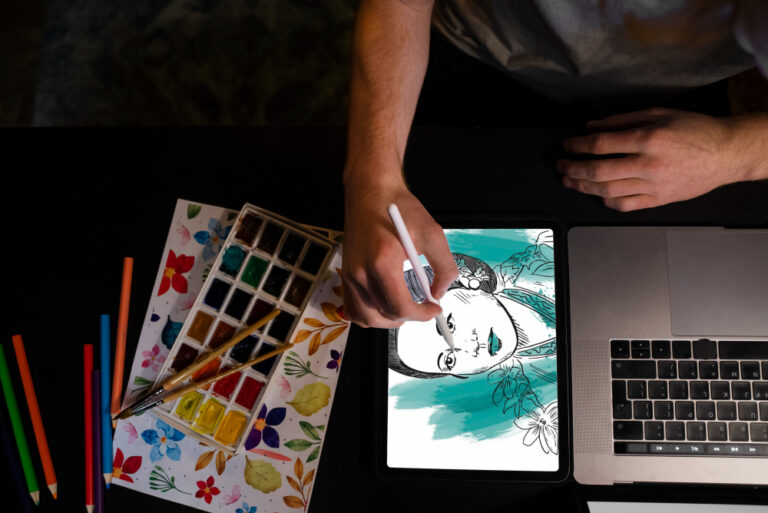
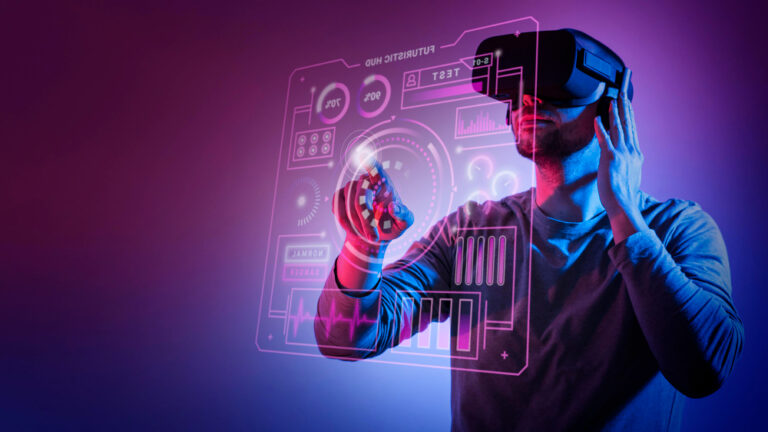
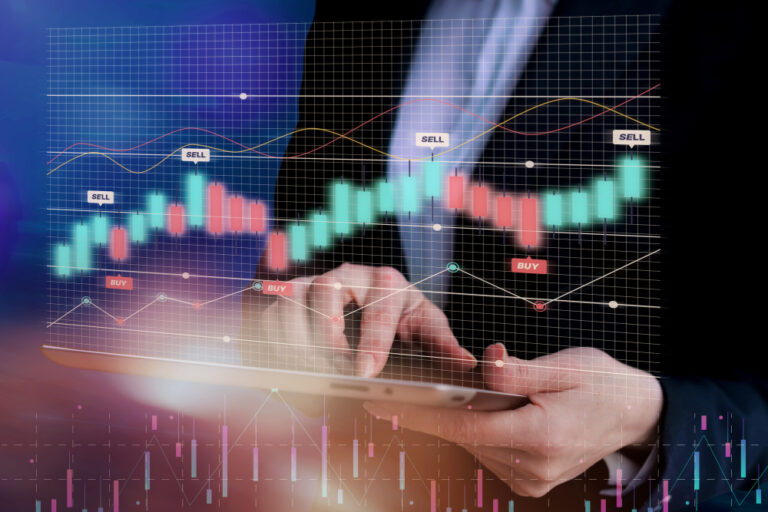

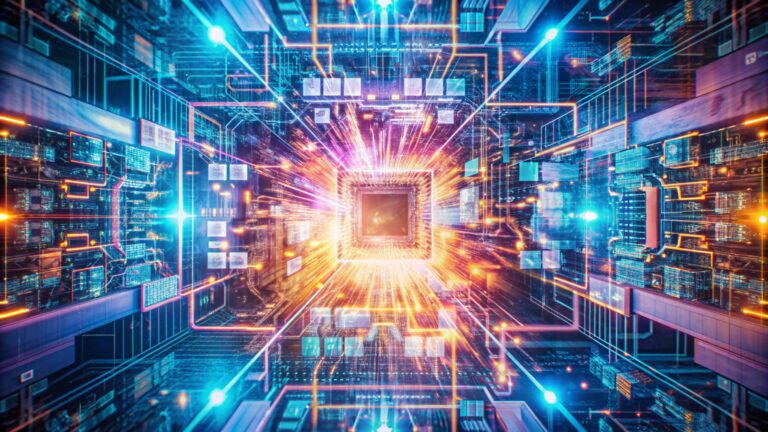
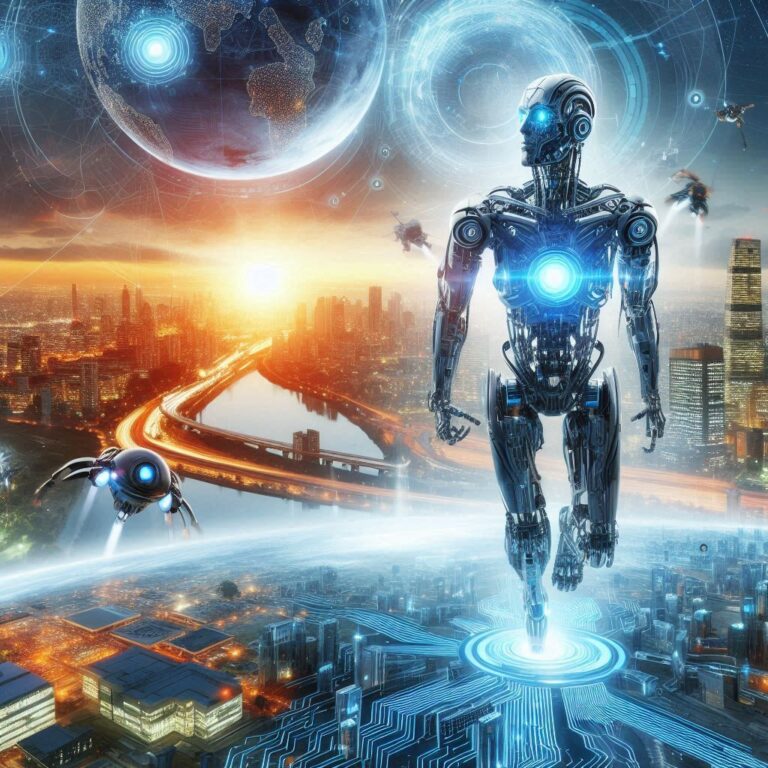
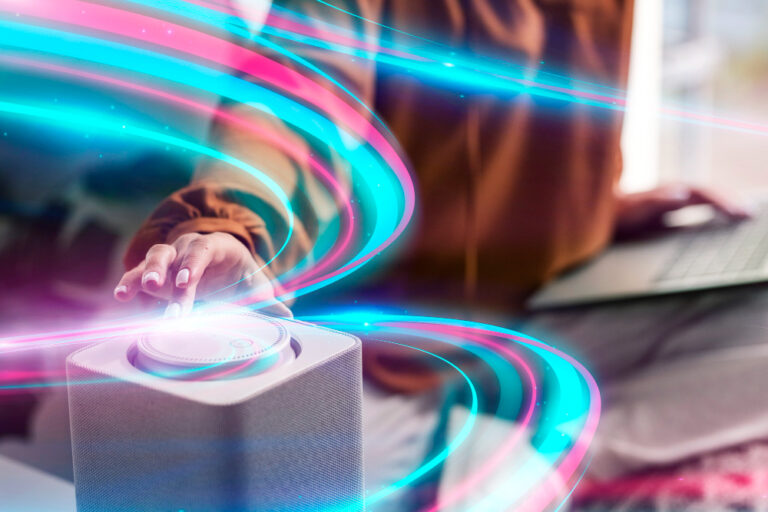

Leave a comment
Your comment is awaiting moderation.
Your comment is awaiting moderation.